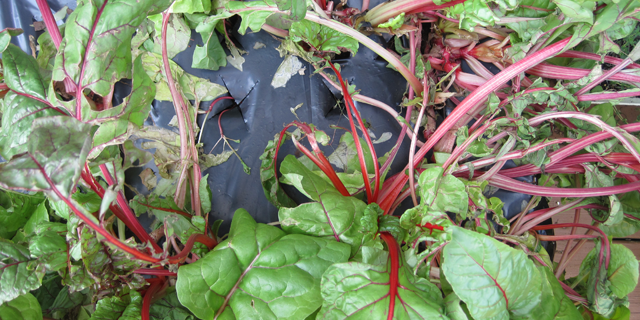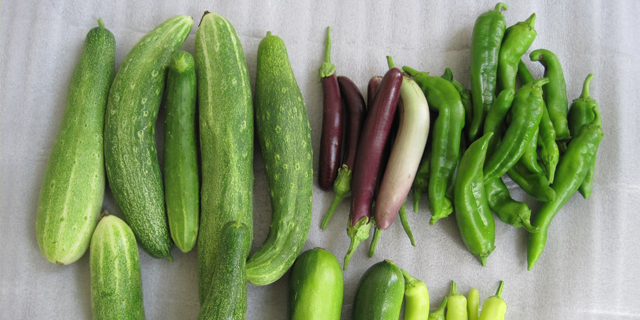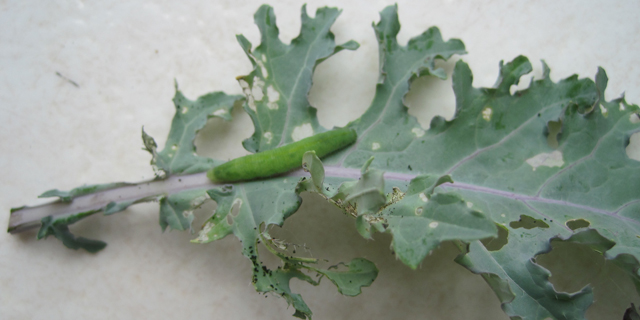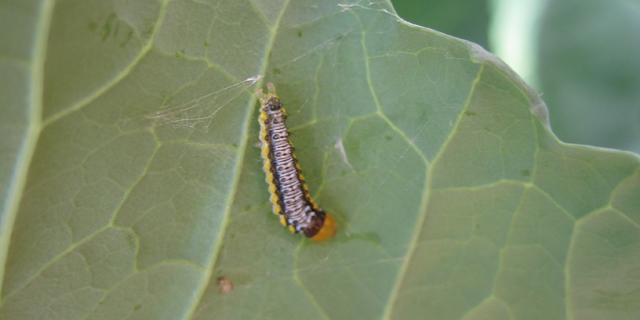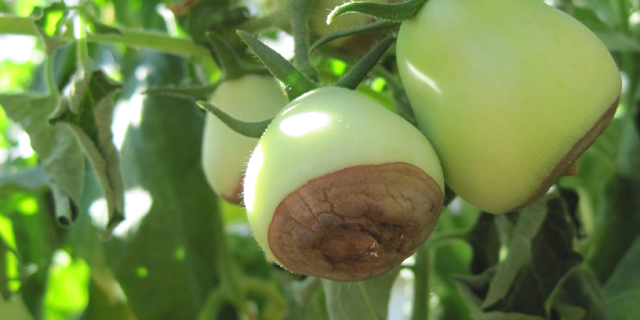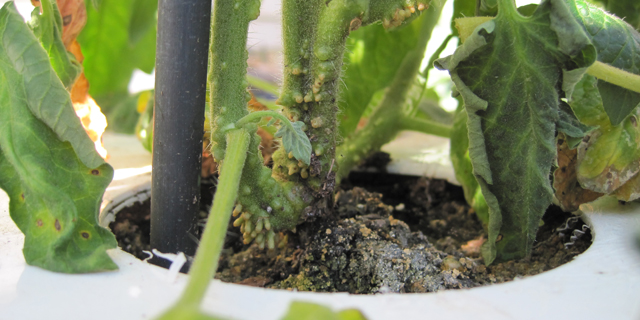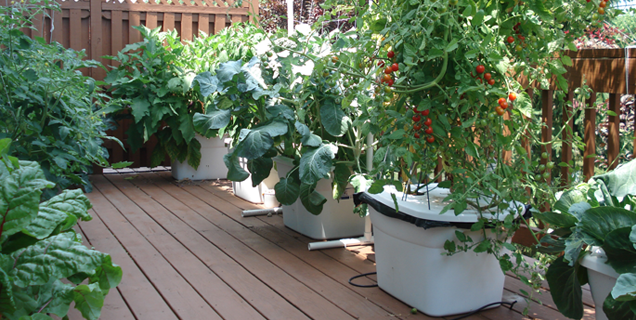 It’s my second year experimenting with sub-irrigated planters (SIPs). And it’s been a patient 4 months. In mid-February, I started with planting seeds of swiss chard, celery, zucchini, cherry tomatoes, roma tomatoes, cucumbers, cabbage, broccoli, basil, eggplants, green chilies, and bell pepper.
It’s my second year experimenting with sub-irrigated planters (SIPs). And it’s been a patient 4 months. In mid-February, I started with planting seeds of swiss chard, celery, zucchini, cherry tomatoes, roma tomatoes, cucumbers, cabbage, broccoli, basil, eggplants, green chilies, and bell pepper.
I planted them in SIPs created with 2-liter pop bottles. I also used traditional cups. I tried a version of SIP called “the ultimate growing system” sold by Burpee. They all turned out good. I prefer the pop-bottle SIPs (more later).
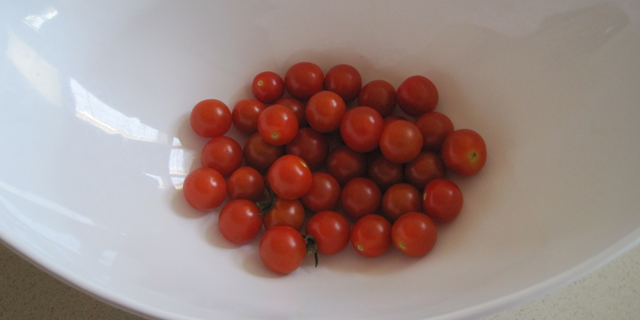 By late April, when it was getting warm, I moved them outdoors to harden them. A couple of frosty nights in mid May killed many of the basil and green pepper plants. I quickly moved the whole lot indoors. For a while, it was a sight to see all the SIP planters lined in the kitchen, by the French window, in the safety of 72 degrees indoor temperature.
By late April, when it was getting warm, I moved them outdoors to harden them. A couple of frosty nights in mid May killed many of the basil and green pepper plants. I quickly moved the whole lot indoors. For a while, it was a sight to see all the SIP planters lined in the kitchen, by the French window, in the safety of 72 degrees indoor temperature.
By early June the plants were out again. They started to bloom.
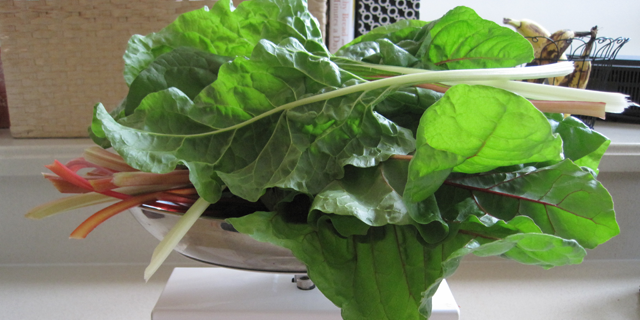
The cherry tomato took the lead, followed by the eggplant and zucchini. Swiss chards were late bloomers. Celery never budged. They grew about a foot tall but never progressed. Have to look into this. If any of you have ideas about growing Celery, please drop me a line.
Since late June we have been harvesting regularly.
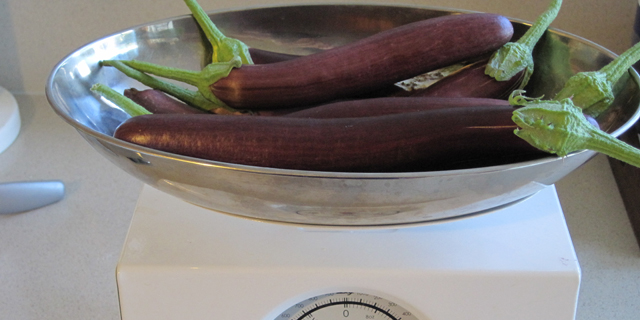
On June 26th, my deck was open to the West Windsor Garden Tour and people were amazed at how much can be grown with such little space, in such small containers.
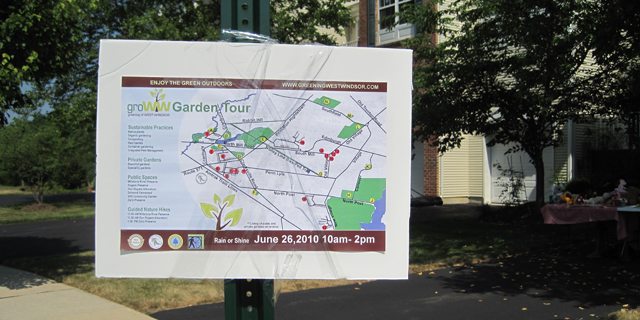
Given the success of the tour, I decided to quickly update my website and add DIY manuals to help many who showed interest.
Please continue to visit for regular updates to this blog.
 Saturday, July 17, 2010 at 01:12PM
Saturday, July 17, 2010 at 01:12PM  I knew when I started planting broccoli this season that I would have to brace for the summer. Broccoli is a cold weather crop, and prefers soil temperatures of 65F-75F.
I knew when I started planting broccoli this season that I would have to brace for the summer. Broccoli is a cold weather crop, and prefers soil temperatures of 65F-75F.  bolting broccoli,
bolting broccoli,  crop damage in
crop damage in  Crop damage,
Crop damage,  weather
weather 



